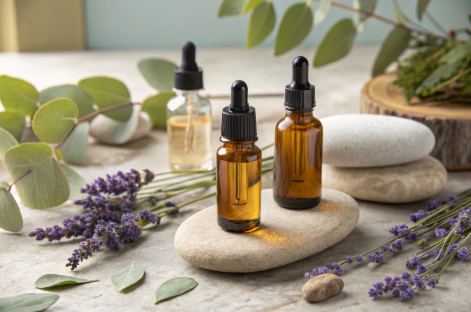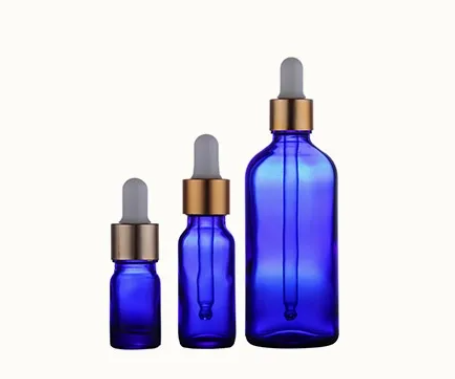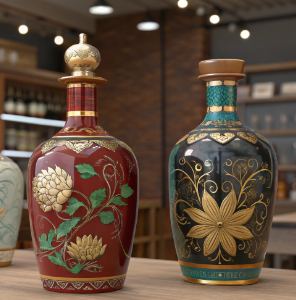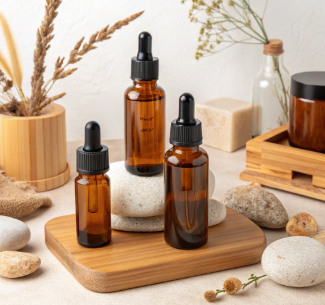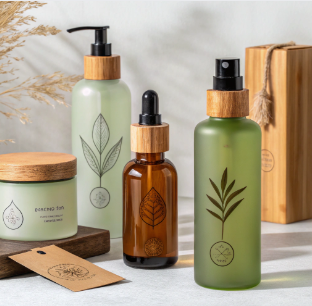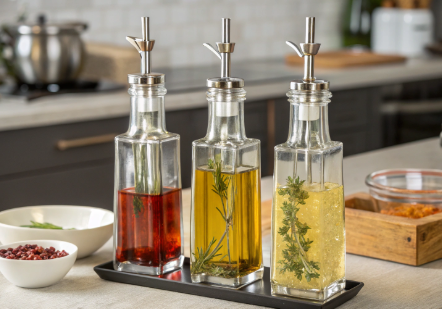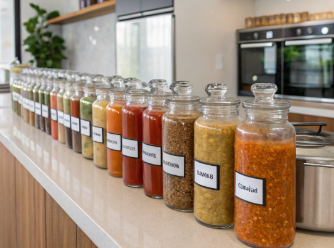Understanding how many drops are contained in anEssential Oil Bottleis essential for consumers, practitioners, and manufacturers alike. It impacts dosage precision, cost calculations, and usage planning. As essential oils are extremely concentrated substances, even a few drops can carry significant potency, making accurate knowledge of drop counts crucial.AtPaupack, we provide premium-qualityEssential Oil Bottlesdesigned for efficient and precise dispensing, blending superior material choices with user-friendly dropper technology. This comprehensive article explores the factors influencing how many drops you can expect from essential oil bottles, clarifies common bottle sizes, discusses drop sizes, and offers detailed calculations to assist you in mastering your essential oil applications.
Table: Estimated Drops per Common Essential Oil Bottle Sizes
| Bottle Size (ml) | Approximate Drops (20 drops/ml) | Approximate Drops (25 drops/ml) | Approximate Drops (30 drops/ml) |
|---|---|---|---|
| 5 ml | 100 drops | 125 drops | 150 drops |
| 10 ml | 200 drops | 250 drops | 300 drops |
| 15 ml | 300 drops | 375 drops | 450 drops |
| 30 ml | 600 drops | 750 drops | 900 drops |
| 50 ml | 1000 drops | 1250 drops | 1500 drops |
| 100 ml | 2000 drops | 2500 drops | 3000 drops |
Understanding Bottle Sizes in Essential Oils
Essential oils commonly come in small bottles ranging from5 ml to 100 ml. The most popular sizes today are 5 ml, 10 ml, and 15 ml bottles because of the concentrated nature of essential oils and ease of usage in daily applications.Paupack’s collection ofEssential Oil Bottlescovers this entire range to offer solutions for different consumer needs and uses—from personal aromatherapy to professional skincare formulations. Selecting the appropriate bottle size is the first step to understanding drop counts.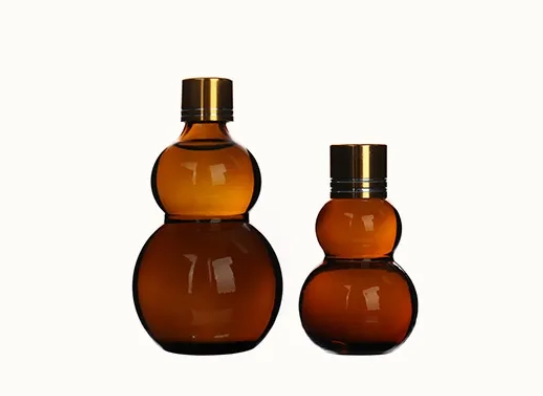

What Defines a Drop?
The term “drop” may sound straightforward, but in reality, its size depends on many factors:
- Dropper design: The orifice size of the dropper, the angle of dispensing, and droplet formation mechanisms affect drop size.
- Liquid viscosity: Essential oils vary in thickness, with heavier oils like patchouli producing larger, slower drops than lighter oils like lemon or eucalyptus.
- Surface tension: Influences how easily drops detach from the dropper tip.
- Temperature and humidity: Can slightly affect drop size by modifying liquid properties.
The commonly accepted average is20 drops per 1 ml, but depending on the above factors, this number can range between15 to 30 drops per ml. For practical and conservative calculations, many practitioners settle around 20-25 drops/ml.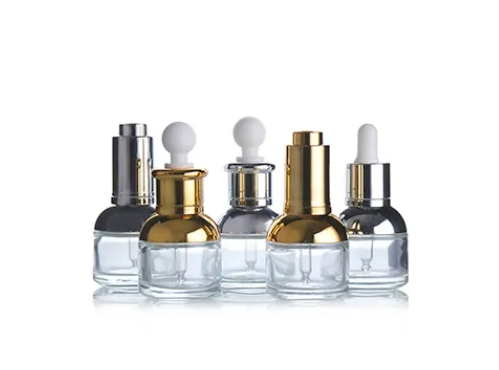

Why Does Drop Count Matter?
Understanding how many drops a bottle contains is essential for several reasons:
- Dosage Precision: Many essential oil recipes or therapeutic protocols specify the number of drops, requiring accurate knowledge to follow guidelines.
- Cost Management: Since essential oils are priced per bottle, knowing the average drops helps calculate cost per drop or per application.
- Inventory Planning: Professionals managing multiple oils must assess usage rates to maintain stock efficiently.
- Consumer Education: Enthusiasts and users benefit from drop count knowledge for safe and effective home use.
Drop Size Variations — What Affects the Number of Drops?
Dropper Orifice Size and DesignThe dropper is a key determinant. Wide orifices release bigger drops, reducing the total number per bottle. Narrower orifices produce smaller, more controlled drops, increasing the drop count.Paupack’sEssential Oil Bottlesare equipped with premium dropper designs engineered for consistent drop volume. Our droppers meet ergonomic and functional requirements, balancing ease of dispensing with precision.Viscosity and Oil TypeViscosity affects flow rate and drop size. Thicker oils like sandalwood and myrrh tend to drip more slowly and larger, whereas thinner oils such as peppermint or lemon disperse faster with smaller drops.Environmental factors such as temperature also affect viscosity; warmer conditions thin oils, increasing drop counts.Dispensing Angle & TechniqueHow a drop is dispensed influences size. Droppers held vertically tend to produce more uniform drops, while angled dispensing may lead to larger or irregular drops.Best practice involves holding the bottle upright and dispensing drops slowly to maintain accuracy and safety.Calculating Drops per BottleTo estimate how many drops are in your essential oil bottle, use:Drops per Bottle = Bottle Volume (ml) × Drops per mlUsing the typical range of20-25 drops per ml, let's consider a standard 15 ml bottle:
- At 20 drops/ml: 15 × 20 = 300 drops
- At 25 drops/ml: 15 × 25 = 375 drops
Thus, a 15 ml bottle contains approximately 300–375 drops.Regular users and manufacturers rely on these calculations to design blending recipes, usage plans, and refill schedules.Typical Bottle Sizes and Their Approximate Drops5 ml bottle:Approximately 100–125 drops
10 ml bottle:Approximately 200–250 drops
15 ml bottle:Approximately 300–375 drops
30 ml bottle:Approximately 600–750 drops
50 ml bottle:Approximately 1000–1250 drops
100 ml bottle:Approximately 2000–2500 dropsPaupack curates a broad range ofEssential Oil Bottlesin these sizes to ensure brands can tailor packaging to specific usage patterns and market segments.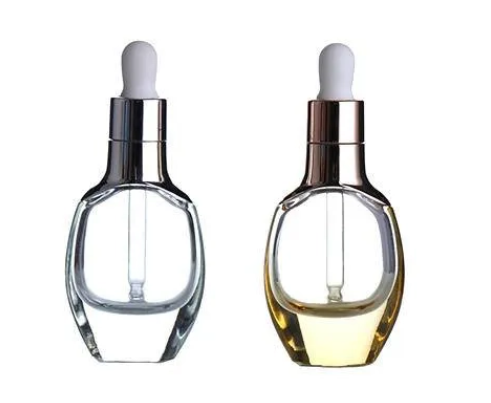
 Understanding drop volumes is not only crucial for users but integral to bottle design. Paupack innovates with:
Understanding drop volumes is not only crucial for users but integral to bottle design. Paupack innovates with:
- Precision Dropper Technology:Dropper sizes and orifice diameters are optimized for consistent drop size across diverse oil viscosities.
- Material Quality:High-grade glass preserves oil quality and ensures chemical resistance.
- Sustainable Packaging:Incorporating eco-friendly components that meet 2025 environmental standards.
- Customization Options:Size, color, labels, closures, and droppers can be tailored to brand needs.
OurEssential Oil Bottlesare engineered to enhance safe, efficient dispensing and perfect drop accuracy to support end-user satisfaction and brand fidelity.
Practical Tips for Using Essential Oil Bottles Efficiently
- Store bottles in cool, dark places to minimize evaporation and degradation, preserving drop consistency.
- Avoid shaking bottles vigorously; dispense drops gently to prevent irregular drop size.
- Use Paupack’s well-crafted droppers or optional accessories to control dose and avoid wastage.
- Track usage rates with calculated drops per bottle to optimize reorder schedules and supply management.
Summary Table: Drops by Bottle Size and Factors Influencing Accuracy
| Bottle Size | Average Drops (20 drops/ml) | Viscosity Effect | Dropper Variability | Approximate Range |
|---|---|---|---|---|
| 5 ml | 100 | Low to high | Narrow to wide | 80–130 |
| 10 ml | 200 | Low to high | Narrow to wide | 160–260 |
| 15 ml | 300 | Low to high | Narrow to wide | 240–390 |
| 30 ml | 600 | Low to high | Narrow to wide | 480–780 |
| 50 ml | 1000 | Low to high | Narrow to wide | 800–1300 |
| 100 ml | 2000 | Low to high | Narrow to wide | 1600–2600 |
Conclusion
Accurately understanding how many drops are contained in anEssential Oil Bottleis fundamental for both producers and consumers of essential oils. With variations caused by bottle volume, dropper design, and oil viscosity, the typical range of 20–25 drops per milliliter offers a reliable guideline. Paupack, as a trusted manufacturer, specializes in providing precisely engineeredEssential Oil Bottlesthat ensure consistent drop size, protect essential oil quality, and enhance user experience.For brands and end-users seeking functional, customizable, and sustainable essential oil packaging solutions, Paupack’s offering stands out. Explore our range ofEssential Oil Bottlescrafted with expertise to meet the highest standards of 2025 and beyond.



